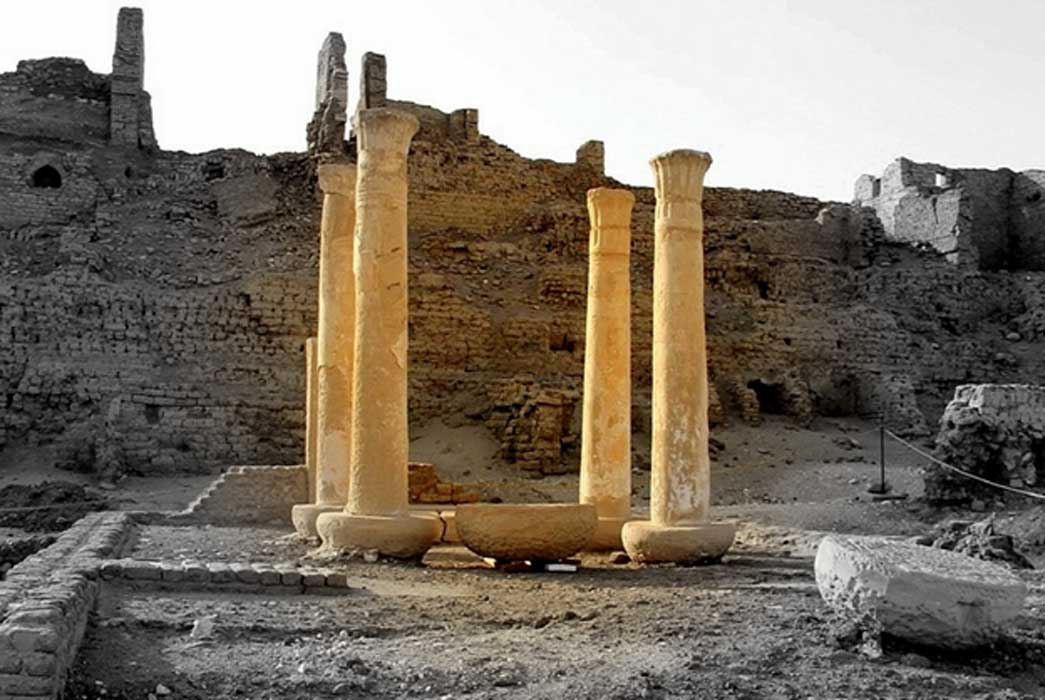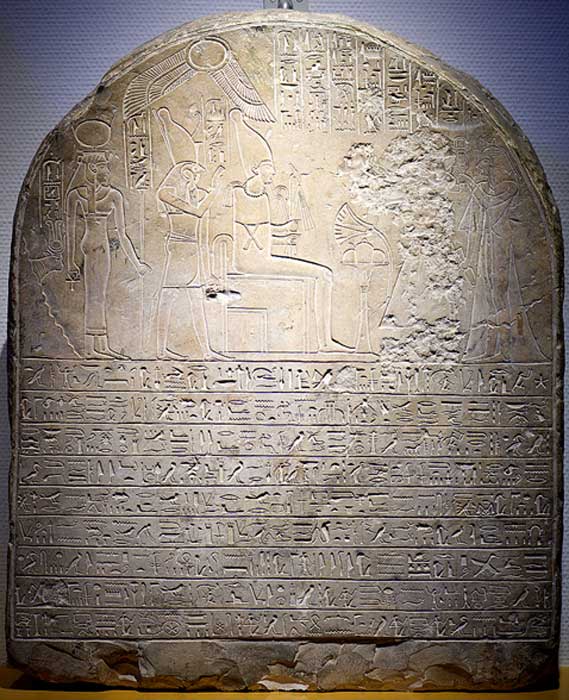
The Hunt for Herihor: Butehamun and the Death of the Royal Necropolis–Part II
Sometime around Regnal Year 17 or 19 of Pharaoh Ramesses XI matters took a turn for the worse, due in no small measure to civil unrest and a failing economy. The northern and southern parts of the country were on a collision course and Amenhotep, the influential High Priest of Amun clashed with the Nubian viceroy, Panehesy. These events weakened and vexed the king immensely; but he had one more card up his sleeve in the form of general Piankh, whom he sent to Thebes to quell the violence. However, upon tasting victory, Piankh forced the ruler’s hand and arrogated kingship unto himself in the south; leaving Ramesses XI to conduct affairs in the north as the nominal head of the entire land.
Soon, state sanctioned tomb robbery reared its ugly head; and by the time of King Herihor, this endeavor was euphemistically referred to as ‘restoration’. The divine dead were viewed as nothing more than a source of bullion in troubled times. Two individuals, the scribes Djehutymose and his son, Butehamun, wrote the most sordid chapter in ancient Egyptian history when they were tasked with systematically dismantling the sacred necropolis.






